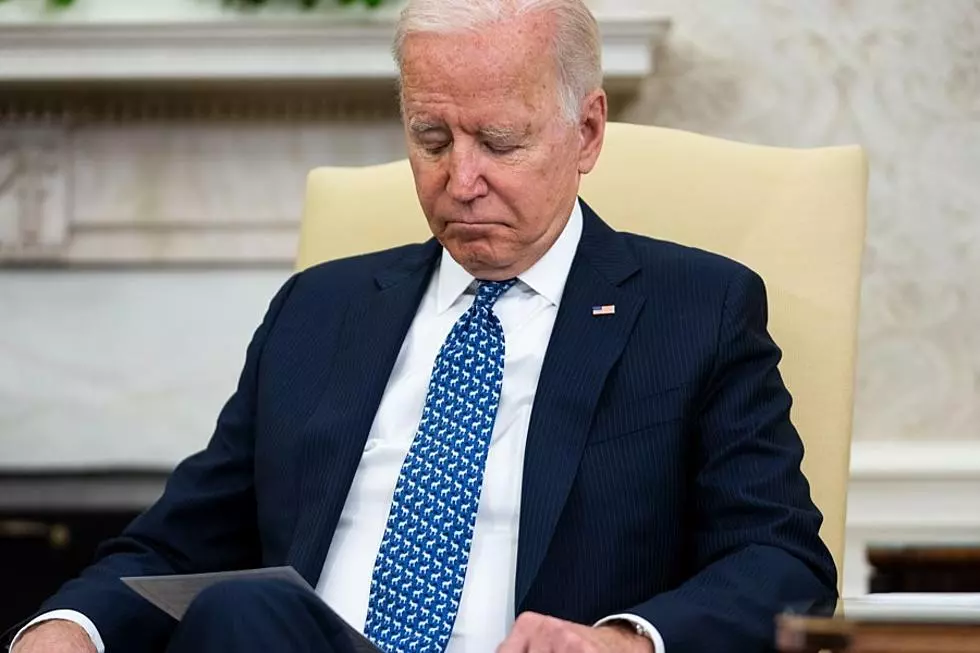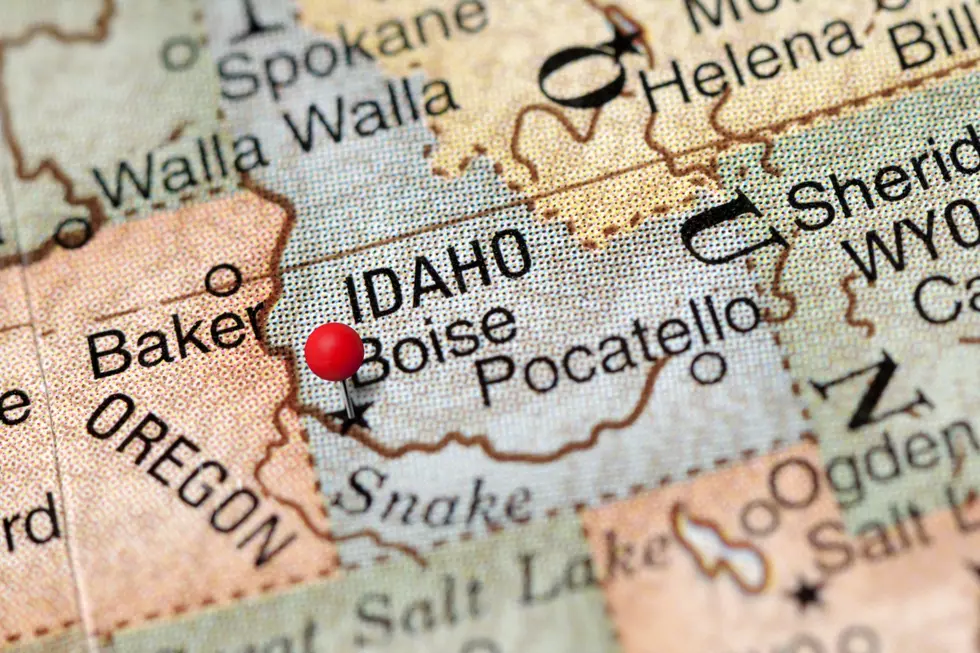
“Idaho United”: Officials Fight Biden’s Nefarious Windmill Scheme
The plan by the Biden administration to use Idaho's lands to power California's energy needs has finally caught the attention of the state's power brokers. Idaho's governor, the state's two US senators, and one house member fired several warnings to the federal government concerning the highly controversial Lava Ridge Project. As first reported here, the local folks are unhappy with the feds deciding to build a massive windmill farm in their backyard.
What is the Lava Ridge Project in Idaho?
The proposal would allow enormous windmills in the country to be built in Idaho in hopes of producing large amounts of electricity. Lava Ridge is a crucial part of the president's plan to forcefully move America away from fossil fuels to his preferred energy sources.
The project's goal is to build one of the largest, if not the largest, windmill plant on public lands next to the Minidoka National Historic Site. Lava Ridge is part of the president's grand plan to replace drilling for oil with his choice of power.
Residents and activists have challenged the proposal stating that the project will destroy industries like hunting, fishing, farming, and ranching. The site would build hundreds of gigantic windmills across 75 acres of government land. The wind turbines are so large they dwarf Seattle's Space Needle at over 740 feet.
Exposed The Lava Ridge Project Sending Idaho's Power to California
Gallery Credit: Kevin Miller
Idaho Responds
Governor Brad Little, Lt. Governor Scott Bedke, U.S. Senator Mike Crapo, U.S. Senator Jim Risch, and Congressman Mike Simpson jointly communicated their views on this topic to the Bureau of Land Management. The organization is currently holding meeting to gauge local reaction, which has been overwhelmingly against the project.
The joint statement/letter was sent to Karen Kelleher, Idaho State Director for the BLM. You can read the letter here.
They urged the BLM and the Biden cronies to listen to the folks that live in the proposed area.
“Idahoans cherish the concept of multiple and mixed uses on their public lands. This requires conservation, predictability of use and, most importantly, support from the local communities. These deep-rooted values are compromised by a piecemeal approach to large-scale generation projects on public lands. Dedicating hundreds of square miles of public lands to a specific use will have a long-term effect on recreation, grazing, sporting uses and the land in general,” they said.
As we've reported, the detrimental impact on the Minidoka National Historic Site was mentioned by the group of Idaho elected officials.
“Affected farmers, ranchers, tribes, the Japanese American community, and sportsmen have voiced legitimate objections. As it stands today, the local community predominantly has not shown support for this development,” they continued.
It all will come down to whether or not Biden's plan to steal our energy will come at the expense of Idahoans in the area.
“We urge the BLM to reassess and refocus the process on working with the local communities to address the concerns outlined above,” they wrote. “If all of these concerns are not addressed, it is unlikely we will be able to support this project moving forward.”
We will continue to update you on this story as it develops.
Top 5 States Owned By The Federal Government
Gallery Credit: Kevin Miller
LOOK: Stunning vintage photos capture the beauty of America's national parks
Gallery Credit: Alexander Raeburn
LOOK: The most expensive weather and climate disasters in recent decades
Gallery Credit: KATELYN LEBOFF



